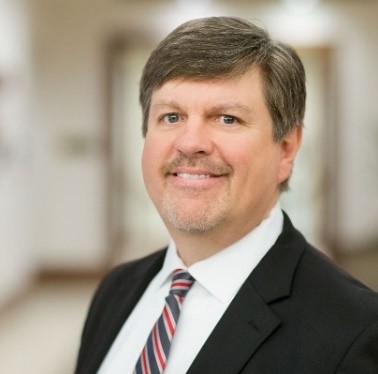The Federal Reserve seeks input from a variety of stakeholders to assist it in making decisions about monetary policy, banking supervision and other responsibilities. Earlier this month, we took a look at the contributions of Reserve bank boards of directors and detailed how they are selected and what they do and don’t do as board members. The Fed also relies on a number of advisory councils to provide real-time analysis of economic conditions and information about issues affecting their industries or constituents. The Community Depository Institutions Advisory Council (CDIAC) is one such advisory group, and its contributions are especially important to community bank supervisors.
CDIAC Basics
The CDIAC was established in 2010. The financial crisis of 2007-8 prompted a reexamination of the various risks financial institutions of all sizes face. To aid in meeting the Federal Reserve’s responsibility for community bank supervision that was reaffirmed in the Dodd-Frank Act, the Board of Governors opted to retool an existing advisory group—the Thrift Institutions Advisory Council—renaming it CDIAC and broadening its institutional and geographical scope. Its members represent banks, thrifts and credit unions with assets of less than $10 billion and come from all 12 Federal Reserve districts.
Each of the 12 Reserve banks has its own council, and one member from each council attends a national meeting held twice a year in Washington, D.C. Most councils have nine to 12 members who come from the senior officer ranks of community banks, thrifts and credit unions from across their respective Federal Reserve districts. CDIAC members usually serve staggered three-year terms, although turnover does occur because of changes in bank management, mergers or asset growth such that an institution no longer meets the size cutoff of $10 billion. The St. Louis Fed’s CDIAC currently has 12 members who represent all seven states in the Eighth Federal Reserve District. The current chair of the St. Louis Fed’s CDIAC is Margaret “Marnie” Oldner, president and CEO of Stone Bank in Mountain View, Ark.
District councils generally meet twice a year, and those meetings usually take place a few weeks before each semiannual national CDIAC meeting. At the district meetings, CDIAC members discuss a set of core topics provided by the Board of Governors. These councils are free to add other topics, but having a consistent set of issues to address across all councils gives the Fed a broad perspective and allows it to look for trends.
The national CDIAC meetings are typically two-day events. On the first day, CDIAC representatives from each of the 12 Reserve banks share and discuss the answers to the questions posed by the Board of Governors. They then draft a summary response to each question that reflects appropriate regional variation; here are the questions and responses from the last national meeting (PDF). On the second day, CDIAC representatives meet with the governors and senior staff from the monetary affairs, research and bank supervision divisions. There they share feedback about mutual areas of concern, including the effects of legislation, regulation and exam activities. This feedback can be very valuable when the Fed considers the effectiveness of current supervision and regulation policy.
Give and Take
Federal Reserve advisory councils at both the Reserve bank and national level are important sources of economic intelligence and feedback that help the Fed meet its various responsibilities and give stakeholders an opportunity to have their voices heard directly. I find the contributions of the CDIAC especially helpful in my role as head of supervision at the St. Louis Fed since the bulk of our supervisory activity concerns community banks. In late January, we introduced four new members to our District council, and I look forward to our first meeting of the year later this spring.

